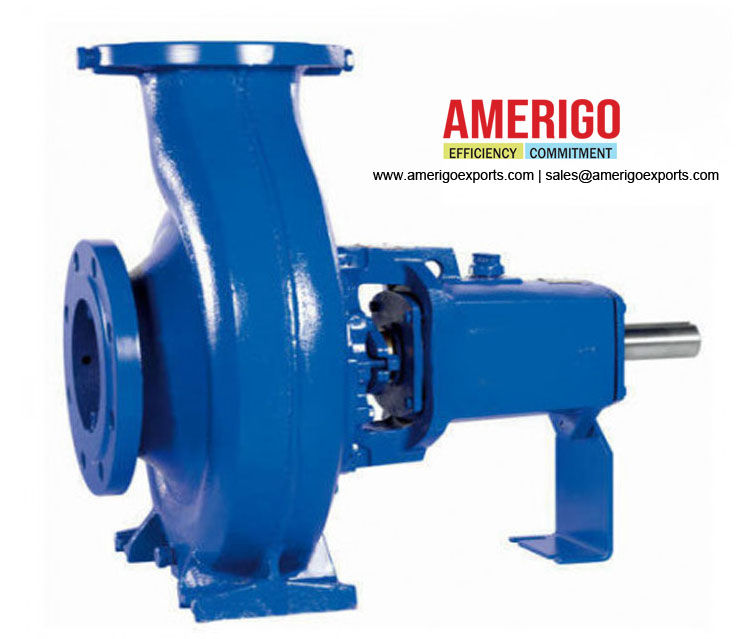How Centrifugal Pump Works.
- Amerigo Exports
- Nov 17, 2023
- 2 min read
A centrifugal pump manufacturer in India produces dynamic pump that uses a rotating impeller to increase the pressure of a fluid. Here's a basic overview of how a centrifugal pump works:
Impeller:
The pump consists of a casing and an impeller. The impeller is a rotating component with vanes or blades.
When the impeller rotates, it imparts kinetic energy to the fluid.
Casing:
The casing surrounds the impeller and provides a path for the fluid to flow through.
The casing is designed to convert the kinetic energy from the impeller into pressure energy.
Inlet:
The fluid (usually a liquid) enters the pump through the inlet, typically located at the center of the impeller.
Centrifugal Force:
As the impeller rotates, centrifugal force causes the fluid to move radially outward, away from the center of rotation.
This outward movement creates a low-pressure zone at the center of the impeller.
Acceleration:
The kinetic energy imparted by the impeller accelerates the fluid as it moves towards the outer edges of the impeller.
Pressure Conversion:
As the fluid moves through the casing, the increasing diameter of the casing converts the kinetic energy into pressure energy.
The pressure in the fluid increases, and it exits the pump through the discharge outlet.
Discharge Outlet:
The fluid is discharged from the pump through the outlet at a higher pressure than it entered.
Recirculation:
Some pumps may have a recirculation system to ensure a continuous flow of fluid to the impeller, preventing air or vapor from being drawn into the pump.
It's important to note that centrifugal pumps are widely used in various industries for pumping liquids such as water, chemicals, and oil. They are preferred for their simplicity, efficiency, and reliability. However, they may not be suitable for pumping highly viscous fluids or those with high solid content. Additionally, proper installation and maintenance are crucial for optimal performance.
For more details visit https://www.amerigoexports.com/centrifugal-transfer-pump.html





Comments